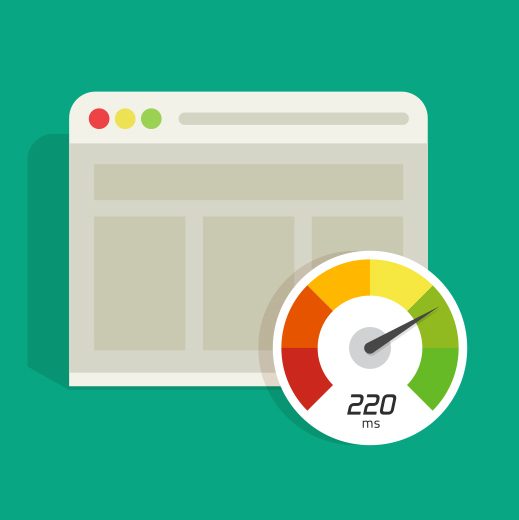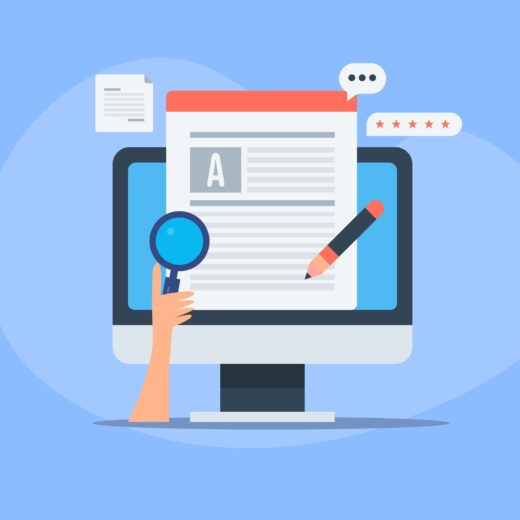Google Light House Speed Update Fixes

In Dec 2018 Google released it’s Light House Update which was a move to review and improve the speed of all websites. It is rare that Google makes updates that force website agencies to implement chargeable updates on their clients’ websites. Although few and far between the changes are always in the best interest of Google’s clients, these are the browsers searching for you on Google.
FORCED CHANGE UPDATE TIMELINE
2013 December: Responsive Design
2016 February: AMP (accelerated mobile pages)
2017 October: SSL Certificates (not secure warning)
2018 December: Google Light House Update (this article)
Why the previous updates?
All the updates are based on Google statistics, the responsive update in 2013 was released when they realised that mobile search was going to supersede the desktop search in the near future. The AMP update in 2016 was released as mobile search experience was measured and they realised that all agencies had just re-sized the desktop site to fit the new mobile size using the same file sizes. This meant that large images that loaded well on high speed broadband connections were now trying to load on mobiles with very poor connections. The SSL certificate update in 2017 was implemented due to GDPR being adopted in 2016 to protect website user’s data when filling in contact forms.
Why this update?
The Google Light House update in 2018 was released when Google compared mobile speed with user interaction on websites. We always leave any update for the first 12 months while they trial it and iron out any bugs. They found that a percentage of users were landing on the home page and either navigating to other pages on the website, or leaving the website once they had completed an action, such as obtained the phone number, without scrolling down. The content that you see when your website loads on your device is referred to as “above the fold” and any content that is not visible until you scroll down is referred to as “below the fold”. Google had also noticed that over the last few years websites, especially schools, were having more and more home page tiers. This meant that a user that did not need to scroll down had to wait for all the content to load before being able to use the website. The lazy load update means going forward we now need to build websites that load the “above the fold” content first and either after 2 seconds or when the users scrolls down start to load the “below the fold” content. It also means we must implement it on all previous websites we have launched.
We’ve seen over the last year (2019) Google slowly turning the screw as all speed scores dropped for all our clients. The research our team undertook at the start of this year enabled us to fast track this as COVID 19 hit, we wanted to make sure our clients had the fasted loading websites as possible in this period. Google will continue to penalise website and your SEO until everyone moves over which is exactly what they did with SSL certificates.
There were a number of updates our development team worked on for the new update which all combined to help improve the scores including minifying code, cache options, image types etc. but the “Lazy Load” implementation was by far the biggest factor.
Here is one of the latest websites we have re-built in this “Lazy Load” format: https://www.beaconschool.co.uk/
The website has a video banner, number of tiers, carousels, and interactive transitions.
These were the speed scores before the update Mobile: 61/100 Desktop: 30/100.
The speed scores we achieved were: (these do fluctuate depending on activity) Mobile: 95/100 Desktop: 100/100.
Speed Testing
You can test the speed of your website on the “Google Speed Test” found here: https://developers.google.com/speed/pagespeed/insights/
Need help improving your website speed?
Let us know if you need any help and one of our team will be in touch very soon!






